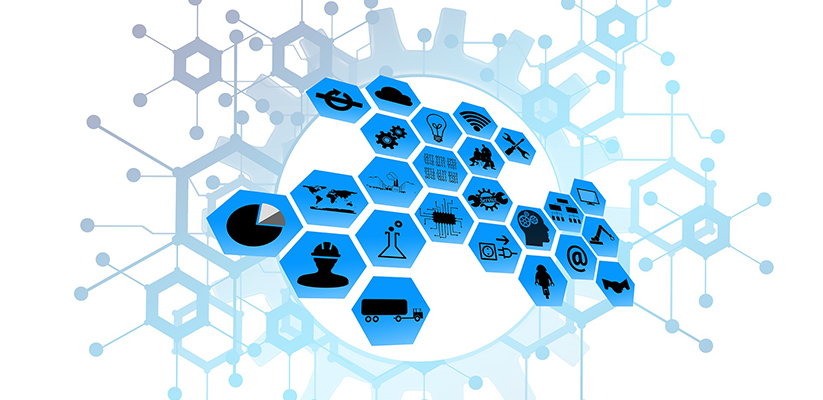
In this post, I would like to share some ideas about how data virtualization and the Denodo Platform can be helpful in the exciting new world of edge computing, or the Internet of Things (IoT).
The idea of the IoT is that small devices, whether we’re talking about a thermostat, a wristwatch, or an audio player in your car, can all have intelligence and can talk to each other as people and applications talk to each other through the Internet. In the future, all such devices might have that capability.
Potential Pitfalls
There are two very important potential challenges to consider: Because these sensors are constantly capturing information in public and private settings, maintaining the privacy of data, and ensuring that the data is secured and protected, is extremely important. Also, because this is going to be a massive amount of data, architects need to try to minimize the amount of data that moves through the pipes at any given time.
The Denodo Platform and the Internet of Things
The Denodo Platform, by its very nature, adheres to the philosophy of “connect, don’t collect.” This means, connect directly to data at the source, through applications, and push the processing down to the endpoints, rather than moving all the data up through the stream and then collecting it in a new repository.
If you apply that same concept to edge computing, this means that nodes of data are on the edges, and as much as possible, that data is kept in those nodes and processed locally. Only then is the aggregated information, such as alerts, moved to the network and then further connected with enterprise applications, cloud applications, etc., to create business intelligence, actionable insight, or operational decision making.
The Denodo Platform can interact with messaging technologies like Kafka and geospatially oriented data sources, so it is extremely flexible. It can also distribute a unified semantic layer across the individual nodes, as it can be embedded into edge applications which can then be placed in a container ship, on a train, on an aircraft, in a hospital, and so on.
In a hospital, sensors of various types collect data and bring it into the edge nodes, and then you can have a network of hospitals connect and share this information.
Now we have the coronavirus. By monitoring incoming patients in multiple places, we might be able to get a better handle on the spread of this virus. It would even be possible to place sensors in airports where people pass through security and health checks.
Real-World Examples
A few forward-thinking companies are beginning to leverage the Denodo Platform to streamline IoT implementations. In a previous post, I mentioned a heavy equipment manufacturer. This company has more than 25 sensors in each one of its earth-moving machines, and every 5 seconds they send signals about the operation of the equipment, the amount of weight the machine is moving, and other metrics. All of that data helps to predict the failure of parts and machines, aids in the performance of predictive maintenance activities, and maximizes asset utilization.
I also mentioned a hospital in that previous post. For patients with kidney problems, the hospital can use devices to send alerts, combine that data with a single view of the patient from the hospital and clinical records, and then use artificial intelligence to predict if that patient is having an episode that’s life threatening. If warranted, the hospital can then send an alert to bring the patient to a dialysis clinic for treatment.
With our partners and customers, we are exploring additional ways to embed the Denodo Platform in edge devices, such as a raspberry pie device or a local cloud computing device, to bring all the data together into a common semantic layer.
To learn more about the Denodo Platform and its applications in edge computing, visit the Denodo Platform pages of the Denodo website, or reach out to one of our solution architects. This is an emerging area, and we look forward to a discussion about how the Denodo Platform can help.
- Data Governance in a Data Mesh or Data Fabric Architecture - December 21, 2023
- Moving to the Cloud, or a Hybrid-Cloud Scenario: How can the Denodo Platform Help? - November 23, 2023
- Logical Data Management and Data Mesh - July 20, 2023
